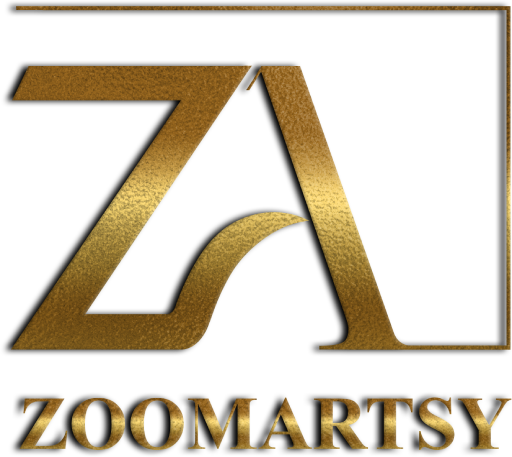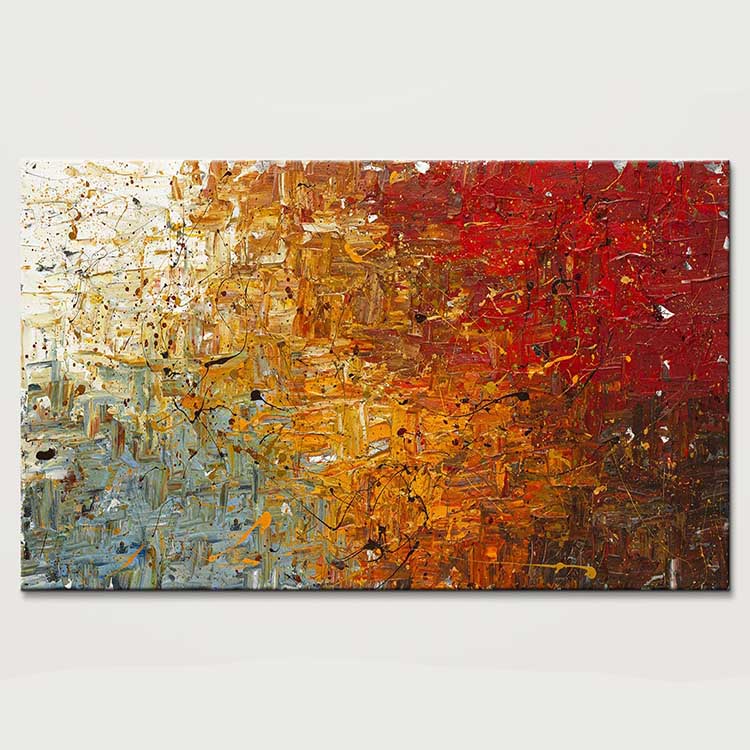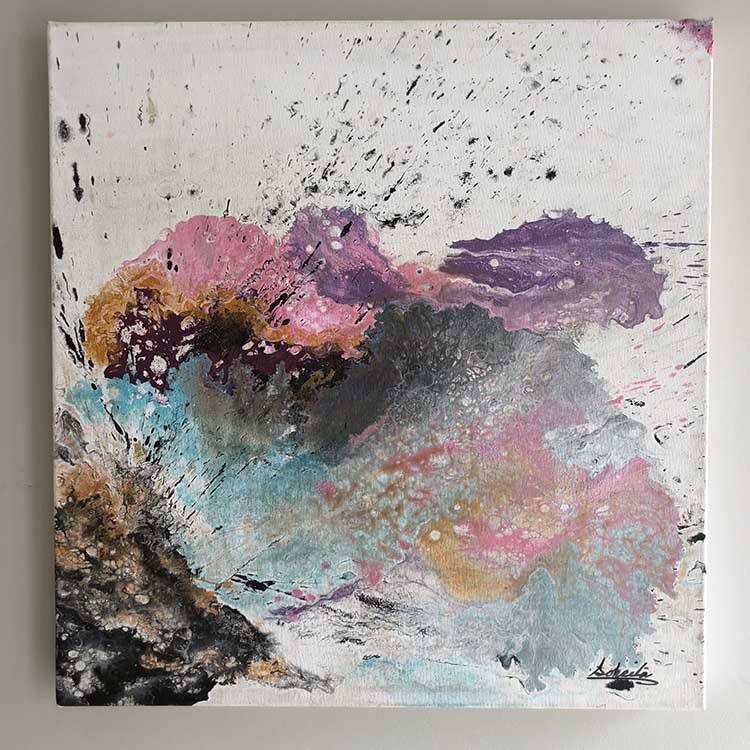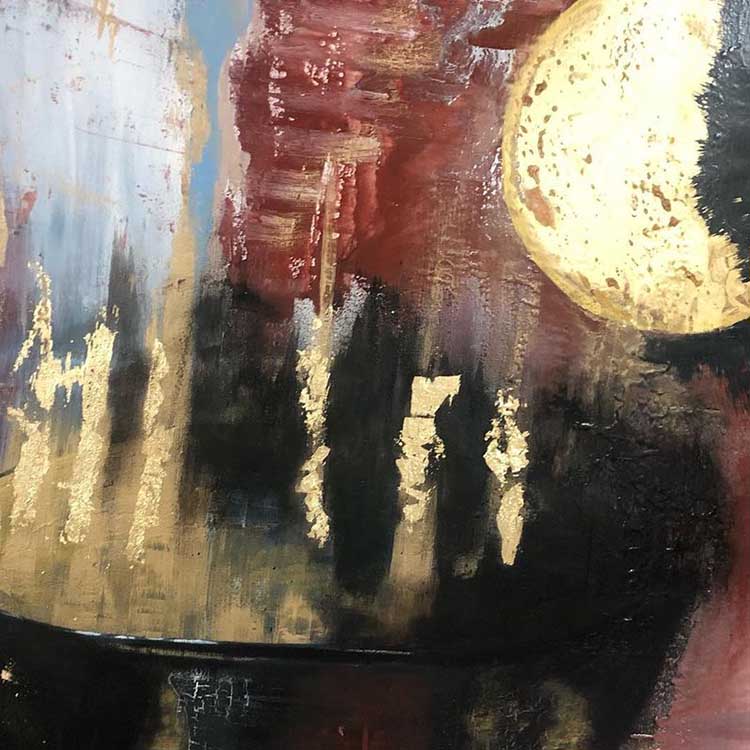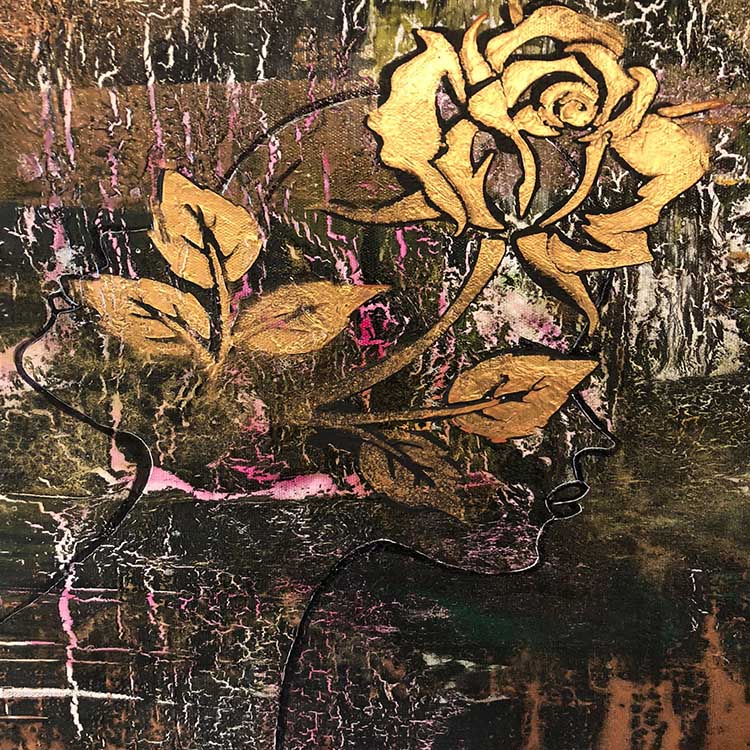In this article, we want to talk about History of modern abstract art . Join us
Modern art refers to a worldwide movement in culture and society that by the first decades of the twentieth century sought a new alignment with the expertise and values of modern industrial life. Building on 19th -century precedents, artists around the world used new vision, materials, and methods to make artworks that they felt better reflected the realities and hopes of contemporary societies.
The terms modernism and modern art are generally utilized to refer to the series of art movements that historians and critics have identified from the realism of Gustav Courbet to abstract art and its developments in the 1960s.
Surrounded by the term, certain underlying principles specify modernist art. A rejection of background and conservative values (like a realistic depiction of topics ); invention and experimentation with form (the shapes, colors, and lines that make up the job ) with a propensity to abstraction. And an emphasis on materials, techniques, and procedures. Several political and social agendas have also driven modernism.
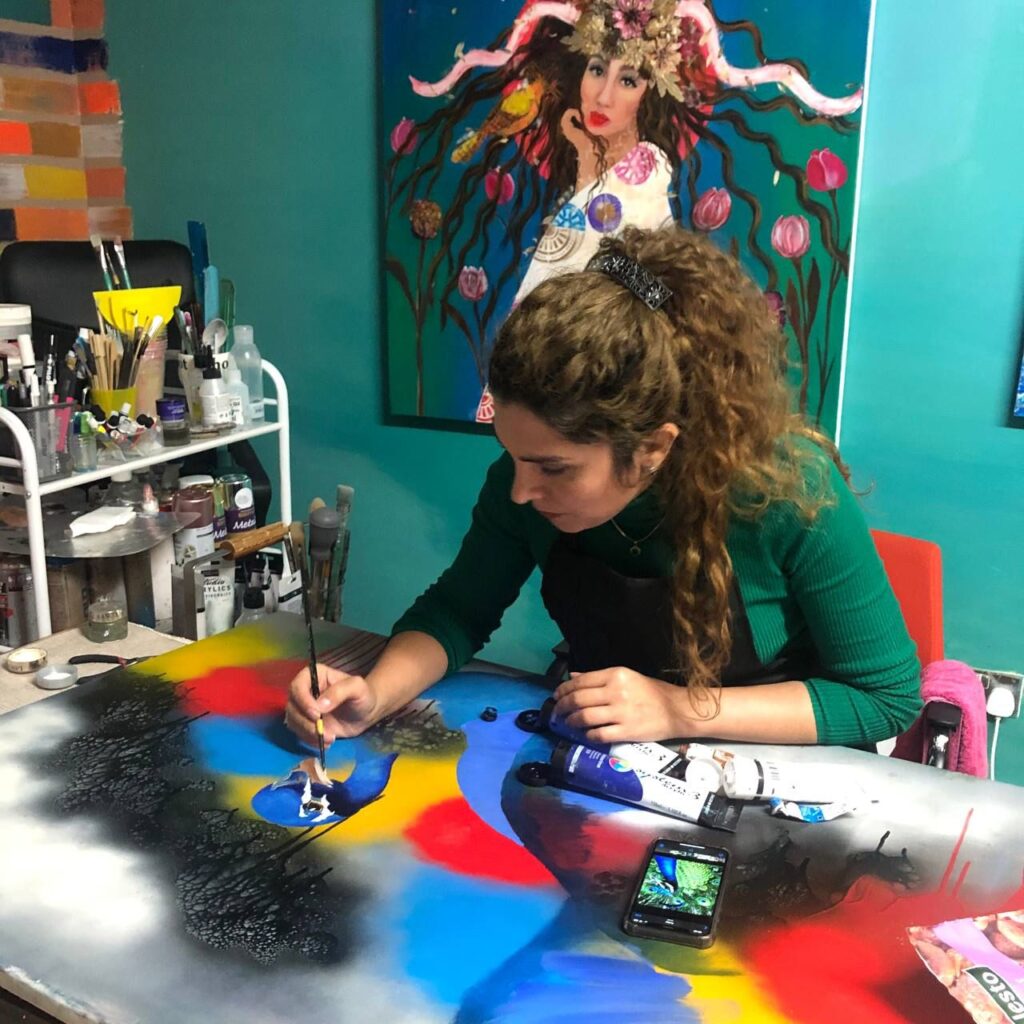
These were often utopian, and modernism was generally associated with perfect visions of human life and culture and a belief in progress. Since 1960s modernism had become dominant in art, and Clement Greenberg created a particularly narrow concept of modernist painting. A response then took place that was quickly identified as postmodernism.
When Did Modern Art Begin?
The date most commonly cited as marking the birth of “modern art” is 1863 – the year that Edouard Manet (1832-83) exhibited his shocking and irreverent painting Le Dejeuner sur l’herbe in the Salon des Refuses in Paris. Despite Manet’s respect for the French Academy, and the fact it was modelled on a Renaissance work by Raphael, it was considered to be one of the most scandalous pictures of the period.
But this was merely a symbol of wider changes that were taking place in various types of art, both in France and elsewhere in Europe. A new generation of “Modern Artists” were fed up with following the traditional academic art forms of the 18th and early 19th century, and were starting to create a range of “Modern Paintings” based on new themes, new materials, and bold new methods. Sculpture and architecture were also affected – and in time their changes would be even more revolutionary – but fine art painting proved to be the first major battleground between the conservatives and the new “Moderns”.
